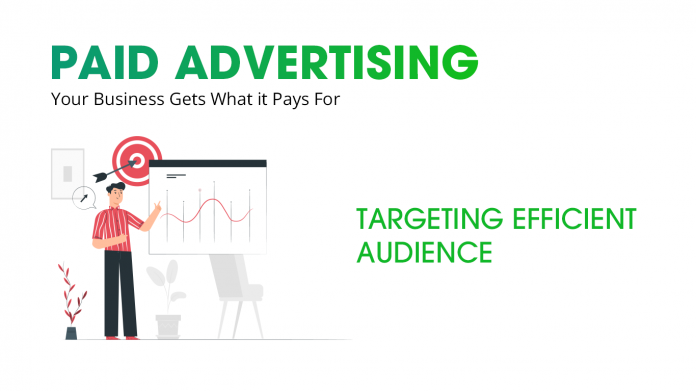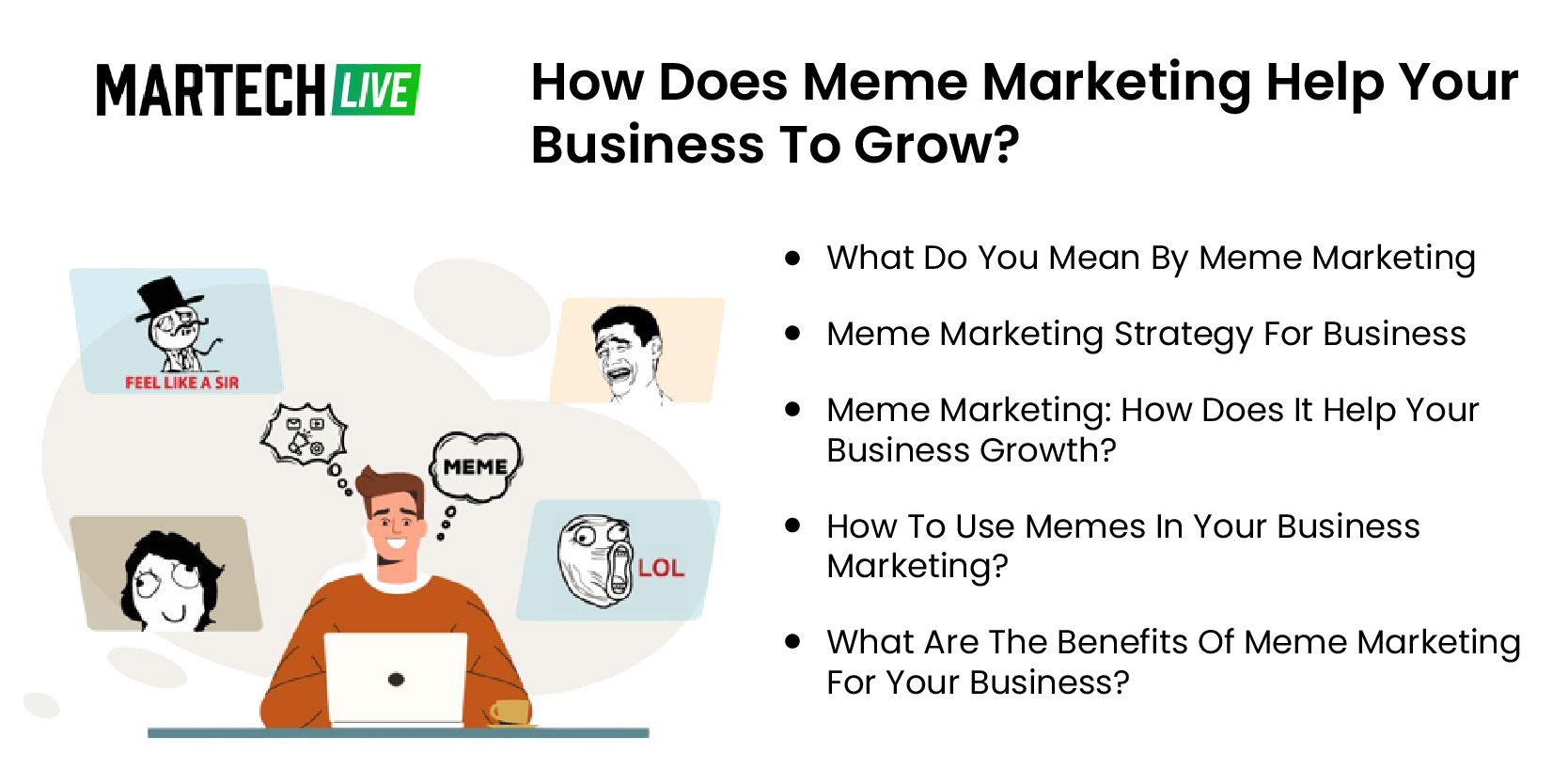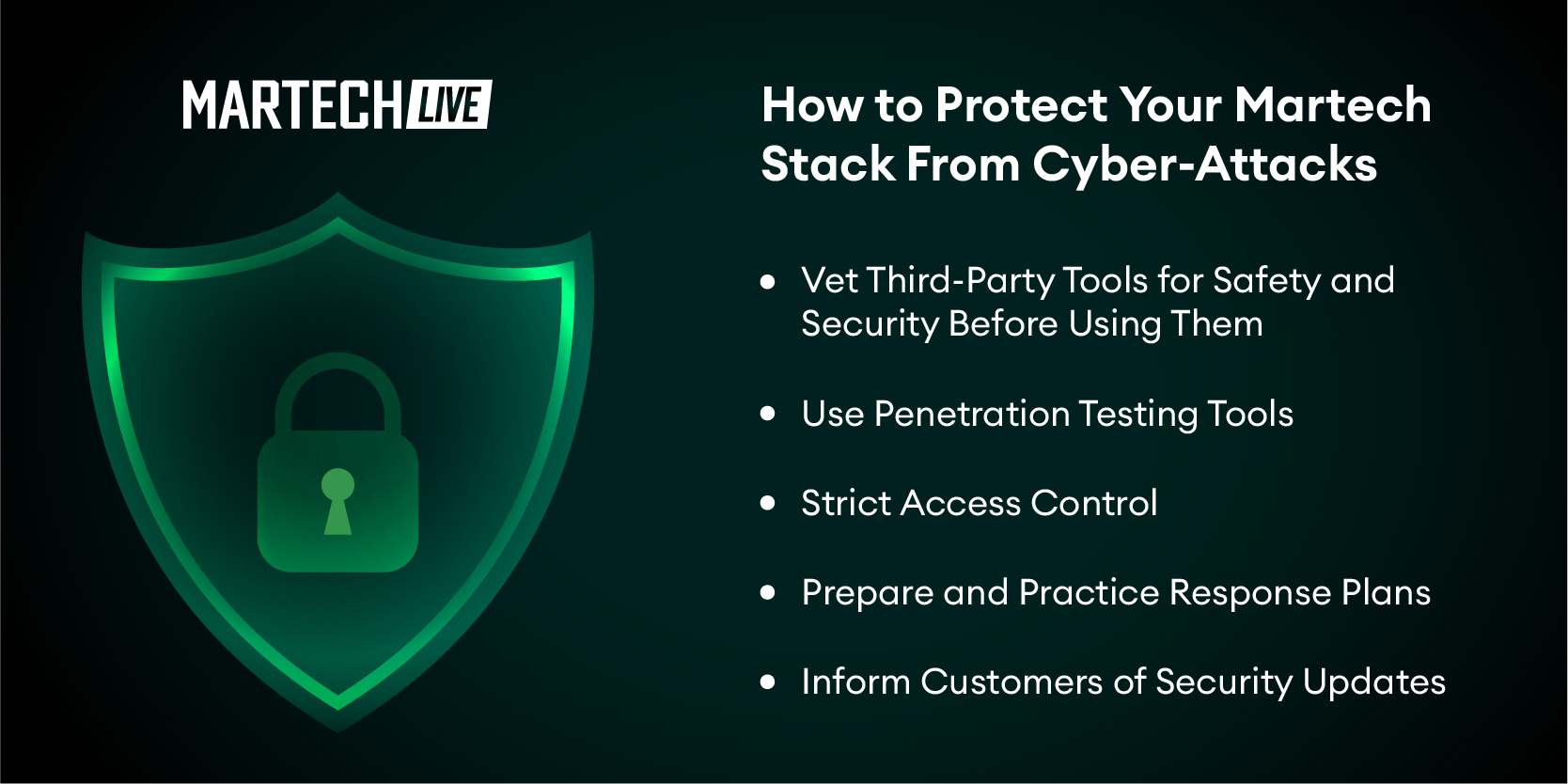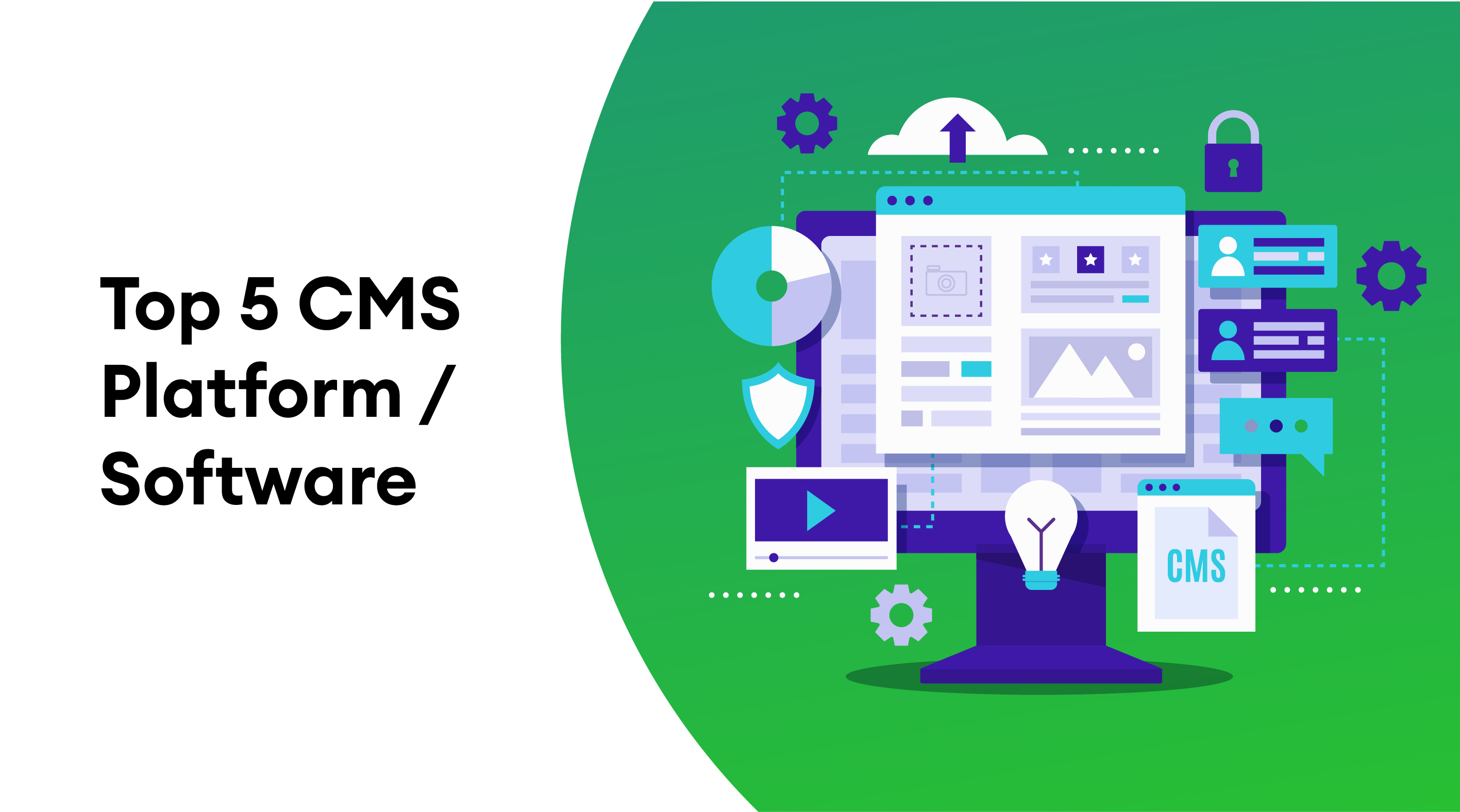Do you think that paid media advertising is not the best way to advertise your business? Then you are late to the party. Businesses have been successfully grasping the pulse of its audience by implementing online advertising campaigns, and they are even scaling up their budgets for paid media.
So now that you have made the substantial investment to build your business, why are you holding yourself back when it comes to paid advertising? You have to pay to familiarise your product or service to the audience. No one is going to offer you pennies from heaven for your business; you are obliged to invest time and money to see your business grow.
When you are trying to sell your brand to the world, as a marketer, does it ever feel like all your marketing efforts are going unheard? Or you are simply caught up in a wild goose chase?
If you have not weighed up your way of approaching customers, think.
Advertising efforts are often misspent or aimed at wrong places. Your brand needs to understand that your prospective customer will never find your content accidentally. You need an efficient audience targeting strategy that is more personalized and geared toward the right place. It is crucial to figure out who the customers are and what is the demographic group to reckon with.
The grim reality is, for the success of your business, it is not just about creating of-the-very-best-kind product or services or developing engaging content. It is all about making sure that your offering is heading in the right direction, then reaching into the right hands, and is translating into desired results.

[emaillocker]
Paid, Owned, and Earned Media — Understanding the Difference
In the marketing space — paid, owned, and earned media — are the terms tossed around when the discussion is centered around advertising efforts.
Think of owned media as your business location, where you can promote your products and services. Owned media basically is a web property that you own, have access to, and is solely associated with your business.
Earned media is your capacity to attract, include, and engage customers. If owned media is your business location, then earned media is the road to it. Earned media simply refers to an online word-of-mouth marketing methodology. In the case of earned media — the mentions, shares, likes, popularity, reviews, reference, etc. are the driving forces that have the power to build or break your business rapport. Hence, earned media is the path through which your business moves in the right or wrong direction.
Any online marketing approach that you pay for falls under the paid media category. As you pay for advertisement, it creates impressions that translate into brand popularity and its industry relevance, thereby influencing earn media.
From banners to clicks, the advertising circle is still orbiting to find the end-point. But if you are a marketer who has experimented with several media platforms, you already know that there are zero end-points in the marketing space, rather there is a mixed bag of advertising methodologies to choose from.

Importance of Clicks in the Advertising Space
Internet is all about clicks, one-click not only helps you to land on a website, but it also allows marketers to drive revenues. Before diving deep into online advertising, let us try to understand what are these terms — CPC, CPM, CTR, etc.
Cost-Per-Click (CPC): It is fundamentally an advertising model that works according to clicks. If you are advertising your business on the platform of a publisher, you have to pay each time the advertisement is clicked on that platform. It is an ideal model when you are considering a daily budget. If your website’s CPC rate is 8 cents and performs 500 clicks, the estimated amount would be 0.08*500 i.e., 40.
Cost-Per-Mile (CPM): Also known as cost per thousand, it refers to the price of 1,000 advertisement impressions. For instance, if the publisher’s charge is USD 3, then the amount to be paid would account to 1,000*3 i.e., USD 3,000.
Click-Through-Rate (CTR): This type of metric is derived by dividing the number of users clicked on the ad against the number of times your ad created an impression.
Don’t Just Cry Out Advertising Campaigns in the Empty Space
A slew of businesses out there are locking horns to grab the internet users’ eyeballs — digital marketing is all about that. Your brand should not aimlessly clamor advertising efforts into the void, you need to strategize and target your audience in accordance with your business goals.
The internet has drastically leveled-off the marketing industry by allowing small players to gain as much reach as biggies, only if those small players know how to play with Search Engine Marketing (SEM). SEM enables marketers to reach ideal customers at a much lower cost than traditional advertising practices.
Internet deals with flood tides of data and each piece of data have a different purpose to serve — be it personal or business. So your business needs something that addresses the right internet audience and lays down advertising tactics before them — and that something is Search Engine Marketing.
Quite frankly — SEM is a broad term that entails various aspects of the search engine. Do not fear if you are confused between these two — SEO and SEM — both are skewed concepts that sometimes go separate ways and at times are closely-tied in compliance with its relevance to where you wish to use it.
SEM can be considered as a blanket term that covers anything and everything concerning online search marketing, search engine marketing practices, best search optimization practices, and so on. Simply put, SEM is paid advertising activities performed on a search engine.
The Pecking Order of Paid Media Advertisement Industry — Google, Bing, LinkedIn, and Facebook
Google, Bing, LinkedIn, and Facebook, are some of the biggies that provide marketers with a paid advertising platform.
Google
Google’s online advertising platform Google Ads, formerly known as Google AdWords, is a keyword-friendly advertising model where advertisers are allowed to bid on particular keywords to show up their advertisements, ranking better on google search results. Fundamentally, Google Ads is a double-edged sword — it works for Google’s search network and display network too.
Search Network

These whooping numbers underscore Google’s dominance in the online advertising space. Also, this large space offered by Google allows your business to reach places.
Google Ads is centered around an auction system. When any search query is carried out on Google, it looks at the search query and finds any keyword that advertisers are presently bidding on. The primary reason behind auction is that it determines the Ad’s rank and where it will be positioned.
Google Ads on Search network is a very effective way for advertising as it primarily targets active users who are finding something on the internet, and the keyword they use while searching channelizes their query to your advertising campaign.
This all sounds achievable. But does your business has a well-orchestrated advertising campaign that has taken into account the costs of Google Ads?
If you want to know about the costs associated — the answer is there are bunch factors that affect the costing structure of your advertising campaign on Google Ads. For any advertisement, maximum bid and quality score are the two determinants that influence its position and effectiveness. The highest amount that you decide for a keyword refers to maximum bid, whereas the relevance and quality of your advertising content impact the quality score.
Talking about calculating ROI for Google Ads — it is quite simple. Essentially, you first need to consider the entire revenue you earned through Google Ads. Then subtract the overall cost incurred from your advertising campaign on Google Ads and divide the result by the total cost.
Display Network
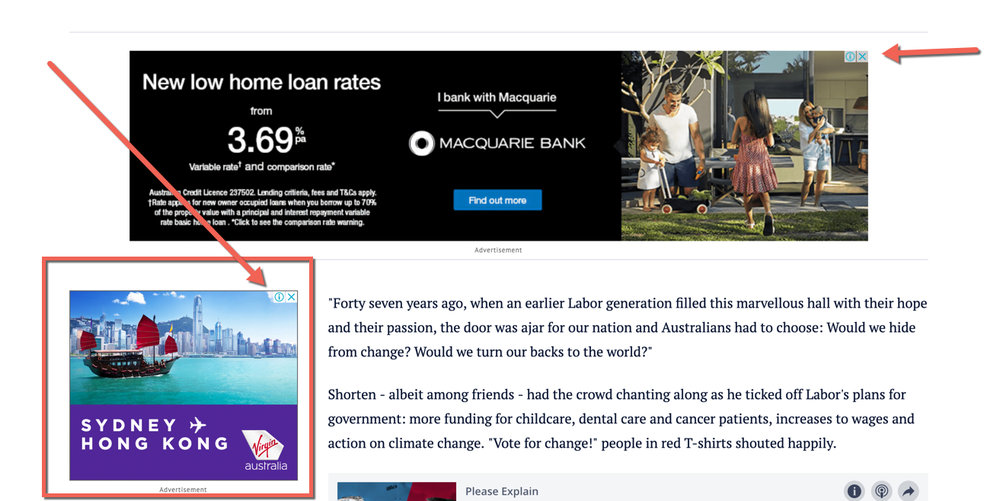
The foremost thing you need to understand is it has nothing to do search engine or search engine result pages (SERPs).
Unlike the search network, display ads are not restricted; neither do they appear at just one place; they have the ability to come across different websites.
Display ads work without intention, meaning they are just there to boost your brand’s online awareness.
Search network and display engine are Google’s two-pronged advertising approach toward its online customers; however, it has recently brought to the fore the blend of these two approaches. “Search Network with Display Select” is a fusion of search network and display network, pairing the potential of two proven advertising methodologies into a single approach. Here, you can leverage the individual and collective targeting advertising practices.
Bing Ads
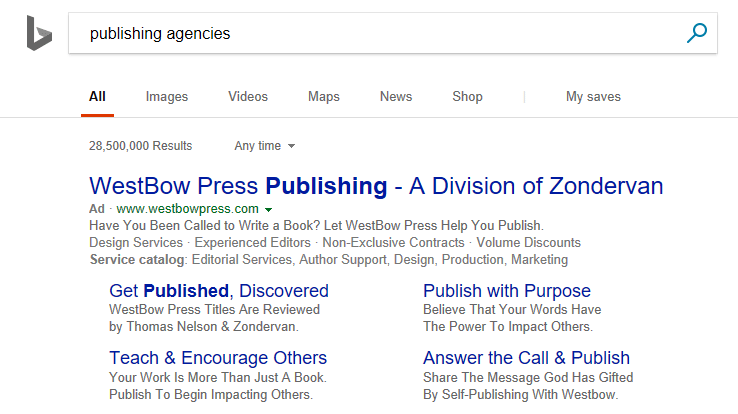
On the other hand, Bing’s cost per click is impressively lower than Google’s. It even involves not-so-intense competition and offers a money-spinning space for paid search ads.
Bing Ads offer granular control, allowing your business to allocate various campaigns and even time zones too.
For the sake of comparison: Google grants scheduling, location, ad rotation, etc. settings just for the campaign level. It doesn’t allow the aforementioned settings for the ad group level. Bing here comes to the rescue; it permits the same settings for the ad group level as well.
What’s more, Bing gives you a more extensive demographic control over your search campaigns. Bing Ads — both at the group and campaign level — provides gender and age driven search control.
Bing’s remarkable text ads make it an advertising platform with a much better CTR offering than Google Ads. It’s average CTR is close to 50% higher than Google Ads.
Facebook Ads

On Facebook, you have numerous ways to convey your advertisement to customers. It offers image ads, carousel ads, video ads, messenger ads, stories ads, etc.
Needless to say, being a social network platform, Facebook knows your customers better than you. It has data that defines what customer likes, dislikes, and what it wants. Facebook users, which may vary from their online privacy perception, voluntarily input their data. This allows Facebook to help you reach the most needful customer. It shows targeted ads, including products customers have been looking for, websites they often visit, and events they wish to attend.
LinkedIn

If you have worked on PPC advertising models of Google, Bing, and Facebook, consider trying out to LinkedIn too.
LinkedIn is a sophisticated advertising platform that allows you to connect with professionals who are on the same page. Not only these professionals hold two-times the buying power of netizens, they are also influential in terms of brand reach.
Sponsored content is one of LinkedIn’s advertising way of advertising where you can promote your posts in different formats such as image, video, carousel, etc. Sponsored InMail is another type where you can target specific LinkedIn members and slide in their DMs. Apart from these, dynamic ads, LinkedIn Audience Network, LinkedIn Advertising Partner Solutions, etc. are few other types
LinkedIn users are basically people who are looking for a job, advancing careers, building contacts, or they are simply following companies and professionals to keep themselves up-to-date.
Just like Google, Facebook, and Bing — LinkedIn’s advertising cost structure differs in accordance with targeting criteria and several other decisive parameters. It costs higher than Google and Bing as it offers more filtered targeting options — job title, company size, etc.
LinkedIn is increasingly shifting its focus in the online advertising space by creating its own league of professional advertising targets. Its expanding objectives, ad options, refined targeting solution, is opening up avenues of growth for businesses.

Which Platform Suits Your Business?
The scope of online advertising space is widening as different businesses are choosing the internet to reach out to the audience, and by gauging this reality, several online advertising platforms are turning more agile, useful, and excellent ROI generators. However, your business needs to understand which platform suits your advertising goal.
All platforms have something to offer and something that makes you dislike them. All platforms may appear as a great fit for your business’ advertising mission, however, if you try to fit a square block in a round peg, it will not simply fit.
Understanding your advertising campaign and what you want to achieve through it can help you choose the best platform.
If your business is making video games for children, LinkedIn would be the worst choice for advertising it. Here, posting video game ads on Facebook can help you generate a substantial impression.
Take another case: if you need to sell some products immediately, ideally, you should go for Google search network ads. The search network has the potential to grab eyeballs of the large internet audience base. If you advertise a product on display network it might not turn that effective as it works differently; display network’s purpose is to build awareness not sales. Here, one needs to understand the difference between Google’s search network and display network. The search network is for advertisers in hurry, whereas display network is for advertisers who are planning to exert brand impression on the internet audience, and are willing to wait for things to work out and have faith in Google’s algorithm.
If you want to target the general crowd, Facebook is a great place as it involves personal demographics along with a glimpse of their lifestyle, which heavily influences buying decisions. On the contrary, if you wish to target professionals then LinkedIn must be the platform you should be exercising your advertising efforts.
Advertising popping up, scrolling down, sliding in emails, or just sticking to the corner can sometimes be annoying, but people want brands to reach them, and brands just need to knock at the right customer’s door.[/emaillocker]


